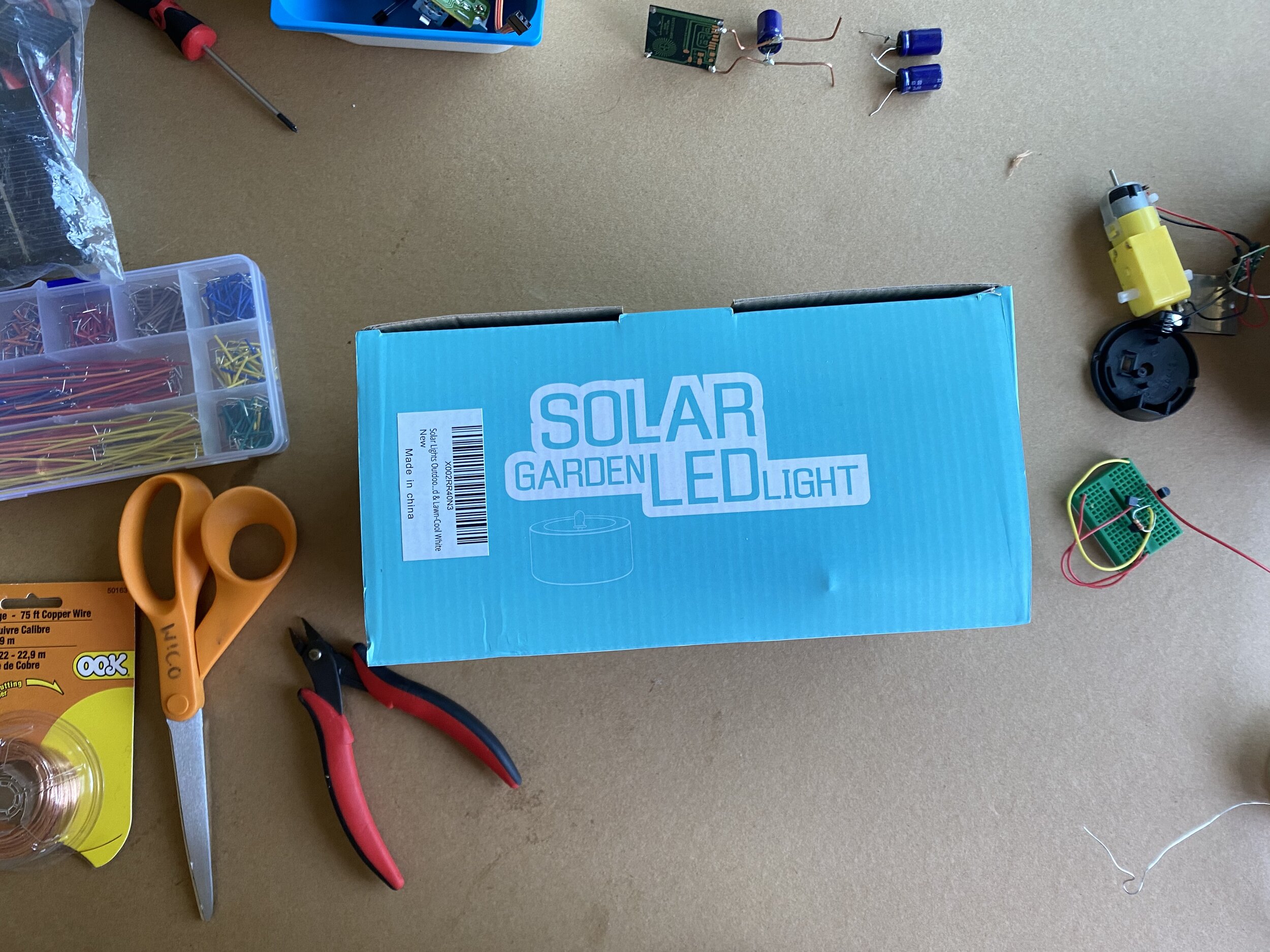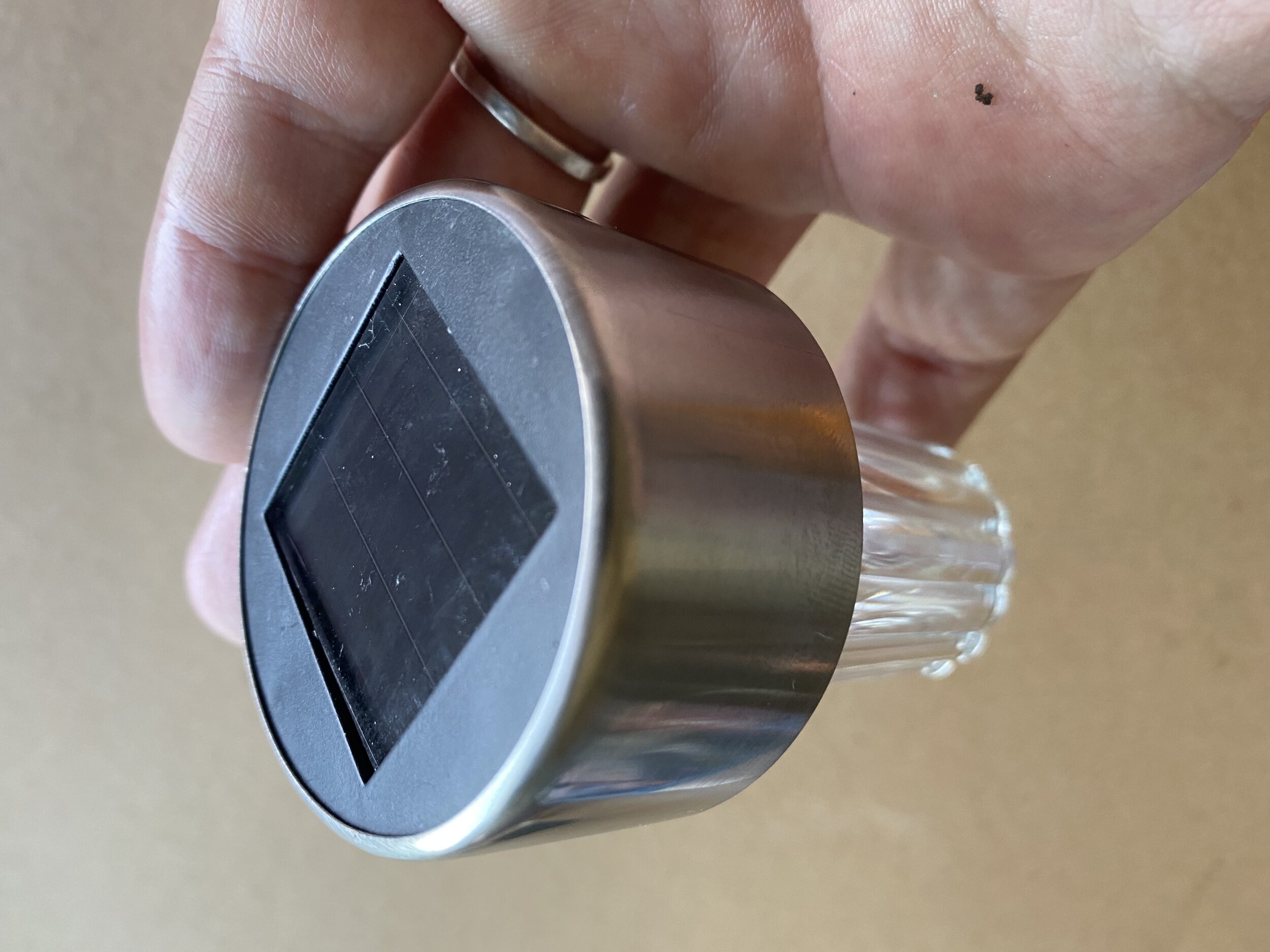Solar Powered BEAM Experiments
Over the past few weeks I’ve been starting work with ETH Zurich-Basel Plant Science Center to design activities and projects related to plants and biology.
As I started doing research I was inspired by the idea of BEAM robotics, something that I had not heard about before starting this r&d journey. There’s something really interesting about the categories of simple robots (sitters, squirmers, crawlers, climbers and more). And the environmental sensing and solar power reminds me of the behavior of plant-like lifeforms. As well, I’ve been interested in the middle ground that lies between classic analog circuit boards and digital tinkering with micro:bit and programming.
I started with putting together some kits from Solarbotics which had a variety of solar panel & motor based projects. I’ll admit that it was a bit tough for me to follow the instructions without a background in electronics or engineering but I ended up getting some elements to (kinda) work. I started thinking that I would freeform solder the components a la Mohit Boite but for the first version I fell back on a small breadboard assembly.
The directions for this project made me think about how to create guides with clear photos and easy assemblies for learners so that they can focus on their own ideas/challenges and not get too bogged down in the frustrations of the little parts and fiddly bits. One example that I really love is the videos and tutorials on Friendly Wire.
One other little exploration that I’d like to explore more was based on a suggestion from WICO collaborator Keith Braafladt who suggested to dissect a cheap solar lawn light to get the parts inside. It was interesting to see the internal components and I’m curious to know if I can reuse the circuit board. It would be really fun to use a common object (that’s garden related) for these solar/plant explorations.
I’m hoping to continue these explorations over the next weeks and start to incorporate real plants into the experiments and keep posting about the progress.
Prototyping time and R&D with for this project was made possible through a collaboration with Universität Zürich - ETH Zürich - Universität Basel Plant Science Center Creative Lab






